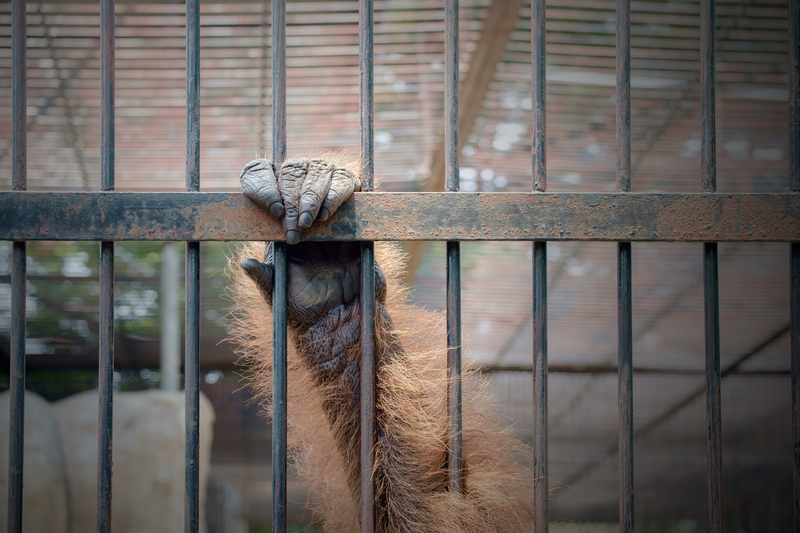Sustainable Solution for London Waste: Mattress Recycling
Posted on 07/03/2025
London is a bustling city filled with millions of people and businesses. With its fast-paced lifestyle and continuous growth, the demand for products and services is constantly increasing. Unfortunately, this also means that the amount of waste being produced in London is also on the rise. Among the different types of waste, one major contributor is old mattresses. These bulky items take up a significant amount of space in landfills and are difficult to dispose of properly. The good news is that there is a sustainable solution for London's mattress waste problem: mattress recycling.
What is Mattress Recycling?
Mattress recycling is the process of disassembling and reusing different components of a mattress, such as foam, metal springs, wood, and fabric. This allows materials to be repurposed and reduces the amount of waste that ends up in landfills.

Why is Mattress Recycling Important for London?
According to data from the Greater London Authority, over half a million mattresses are disposed of each year in London alone. This number is only expected to increase as the population continues to grow. Landfills are rapidly filling up, which can lead to risks such as groundwater pollution and methane gas emissions. By recycling mattresses, we can reduce the amount of waste being sent to landfills and decrease their negative impact on the environment.
In addition, mattresses are made from materials that require significant resources to produce, such as cotton, foam, steel, and wood. By recycling these materials instead of producing new ones, we can conserve natural resources and reduce carbon emissions associated with manufacturing.
How Does Mattress Recycling Work?
The process of mattress recycling involves several steps. First, mattresses are collected by either municipal or private recycling programs. They are then transported to a facility where they are sorted into different components such as metal springs, foam, and fabric.
After separation, each component is processed differently. Metal springs are melted down and recycled into new metal products. Foam can be shredded and reused as carpet padding or turned into new foam products. Fabric can also be shredded and repurposed into insulation materials or used in the textile industry.
Pros:
1. Reduces Waste: The most significant advantage of mattress recycling is its ability to reduce waste. By keeping mattresses out of landfills, we can prevent them from taking up valuable space and causing harmful effects on the environment.
2. Conserves Resources: Recycling mattresses means using fewer resources to make new products. This helps us conserve natural resources such as wood, cotton, and metal, which are finite and take a long time to replenish.
3. Creates Jobs: The process of mattress recycling requires manual labor, which creates job opportunities for individuals in the community. This not only benefits the economy but also helps reduce unemployment rates.
Cons:
1. Limited Facilities: Currently, there are limited facilities that offer mattress recycling services in London. This makes it challenging to recycle mattresses on a large scale and can lead to higher costs for consumers.
2. Transportation Costs: Transporting mattresses from collection points to recycling facilities can be expensive, especially if they have to travel long distances. This cost may be passed on to consumers through higher fees for disposal or recycling services.
Tips for Mattress Recycling:
- Before disposing of your old mattress, check if there are any local recycling programs available.
- If there are no mattress recycling facilities near you, consider donating your mattress to charities or organizations that may accept them.
- Look for companies that offer "take-back" programs when purchasing a new mattress. This allows you to return your old one for recycling when getting a new one.
- Consider alternative uses for old mattresses before disposing of them, such as using them as outdoor cushions or pet beds.

Takeaways:
- Mattress recycling helps reduce waste and preserve natural resources.
- Limited facilities and transportation costs are barriers to widespread mattress recycling in London.
- As individuals, we can make a difference by properly disposing of our old mattresses and supporting companies that offer recycling services.
Conclusion:
Mattress recycling is an essential solution for London's waste problem. By choosing to recycle instead of disposing of our old mattresses, we can play a role in preserving the environment for future generations. However, more support and investment are needed to expand mattress recycling facilities in the city to truly make a difference. As consumers, we can also do our part by being mindful of our purchases and choosing companies that prioritize sustainability and offer recycling options. Let's work together towards a more sustainable future for London.










